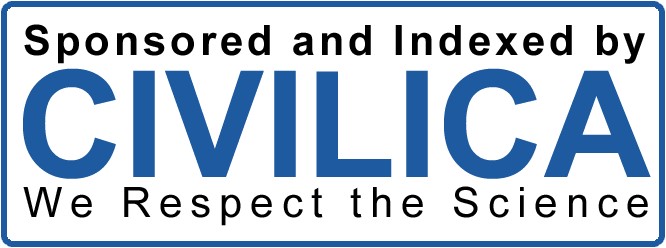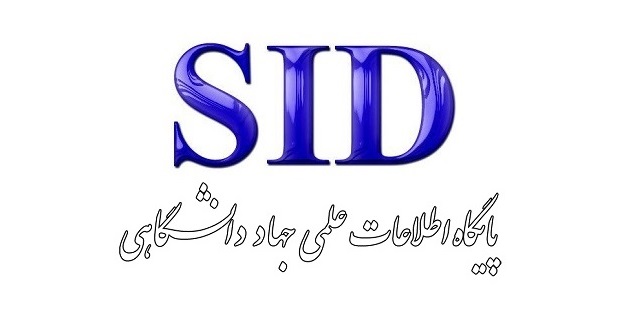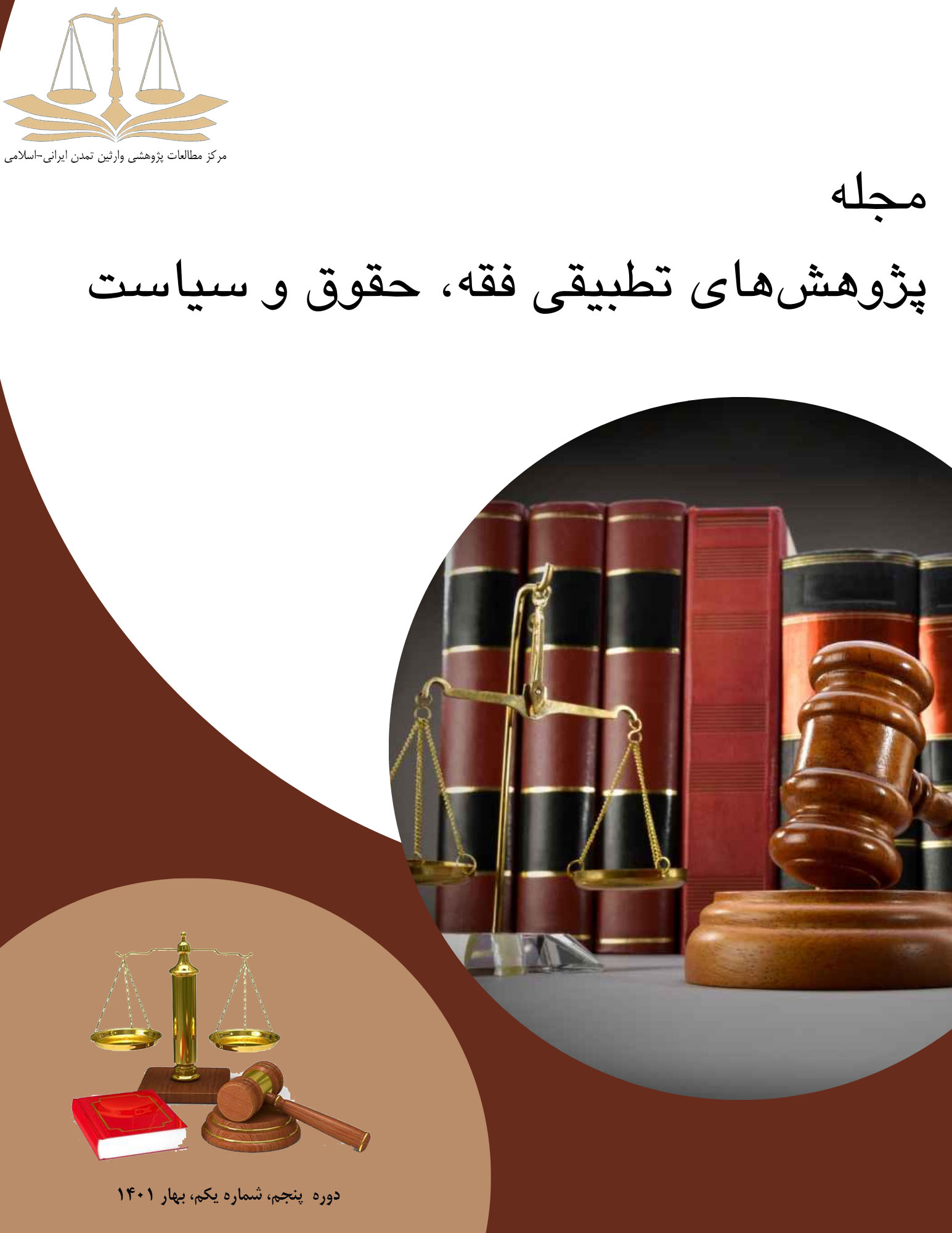بررسی الگوهای نظری در حوزه سرمایهگذاری مستقیم خارجی (FDI) و ارائه مدل توسعهای متناسب با ایران
کلمات کلیدی:
سرمایهگذاری مستقیم خارجی , توسعه, آنکتاد, مدل توسعهای سرمایهگذاری خارجیچکیده
هدف از این تحقیق بررسی الگوهای نظری در حوزه سرمایهگذاری مستقیم خارجی (FDI) و ارائه مدل توسعهای متناسب با ایران میباشد. روش تحقیق از نوع توصیفی تحلیلی میباشد. مواد و دادهها کیفی است و از فیشبرداری در گردآوری مطالب استفاده شد. تحلیل وضعیت FDI در ایران نشان میدهد که این سرمایهگذاریها در دورههای مختلف از چپاول منابع ملی در دوره اول (قبل از سال ۱۳۱۰)، تا کاهش تمایل سرمایهگذاران پس از ملی شدن صنعت نفت و کاهش شدید سرمایهگذاریها پس از انقلاب اسلامی، تحت تأثیر عوامل سیاسی و اقتصادی قرار داشتند. با تصویب قوانین تشویقی پس از سال ۱۳۷۲، ایران به نقطه عطفی در جذب سرمایهگذاری مستقیم خارجی (FDI) دستیافت، اما هنوز موفقیتهای قابلتوجهی در این زمینه به دست نیاورده است. از طرفی، با توجه به تلاش برای شناسایی الگوی مطلوب برای ایران، نظریه پیتر ایوانز دارای بیشترین انطباق با شرایط کشور تشخیص داده شد. این نظریه بر اهمیت چندگانهای که دولت میتواند در این زمینه ایفا کند، تأکید دارد و چهار نقش کلیدی برای دولت تعریف میکند. این نقشها شامل متولیگری و تصدیگری که تمامی دولتها آن را ایفا میکنند بعلاوه نقش قابلگی و پرورشگری هستند که با توجه به شرایط ایران تحلیل شد. طبق نتایج، جذب FDI نیازمند ثبات متغیرهای کلان، بهبود فضای کسبوکار، ارائه مقررات مناسب برای نظام مالیاتی شفاف، بانک، بیمه و خصوصیسازی و بهبود فرآیندهای گمرکی، تدوین قوانین و مقررات حقوقی و اقتصادی تسهیلکننده در حوزه جذب سرمایهگذاری خارجی در کنار تدوین استراتژیهای توسعهای هدفدار با تمرکز بر حوزههای دارای مزیت نسبی و زنجیره ارزش ازجمله نفت، انرژی و پتروشیمی است.
دانلود
چاپ شده
ارسال
بازنگری
پذیرش
شماره
نوع مقاله
مجوز
حق نشر 2024 سید غلامحسین موسوی (نویسنده); جلال درخشه (نویسنده مسئول); رضا شیرزادی (نویسنده)

این پروژه تحت مجوز بین المللی Creative Commons Attribution-NonCommercial-ShareAlike 4.0 می باشد.








